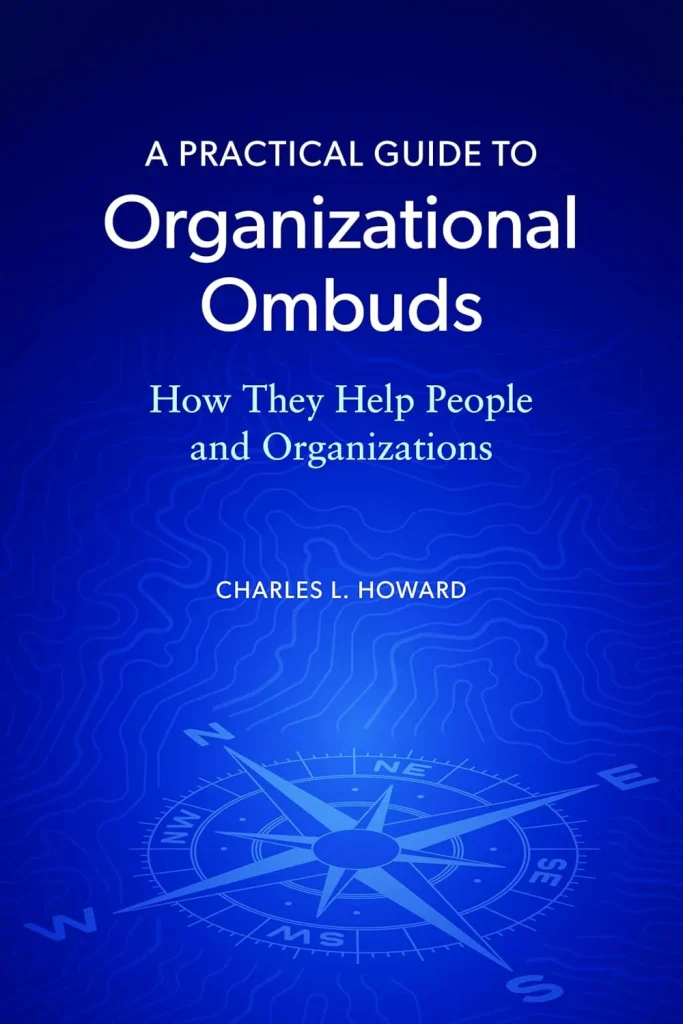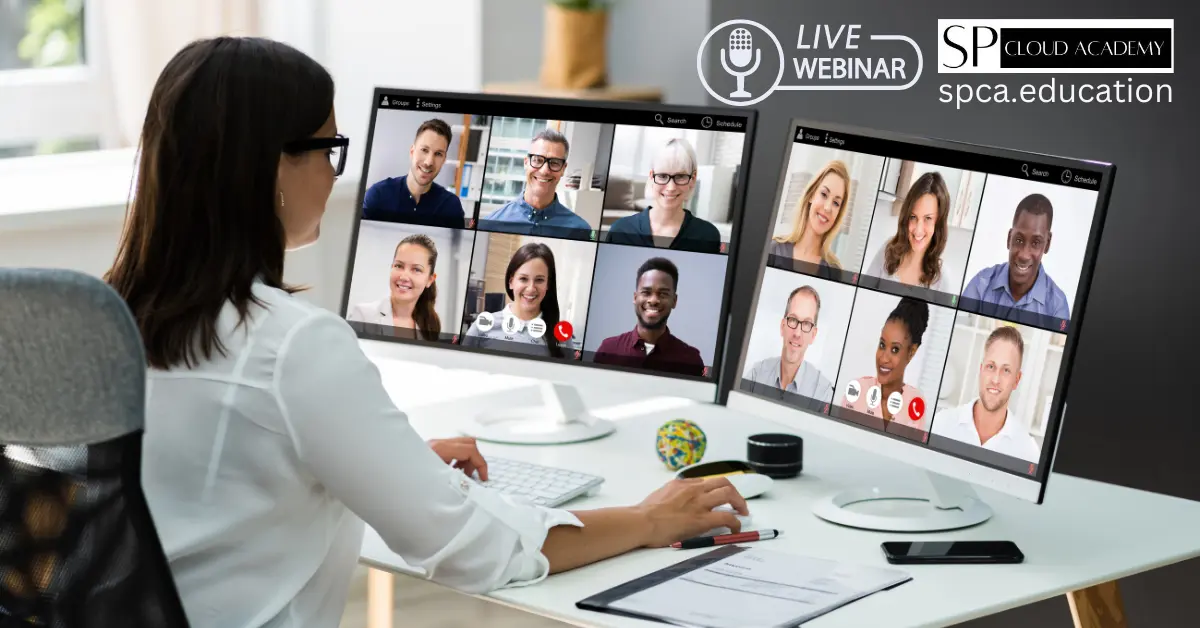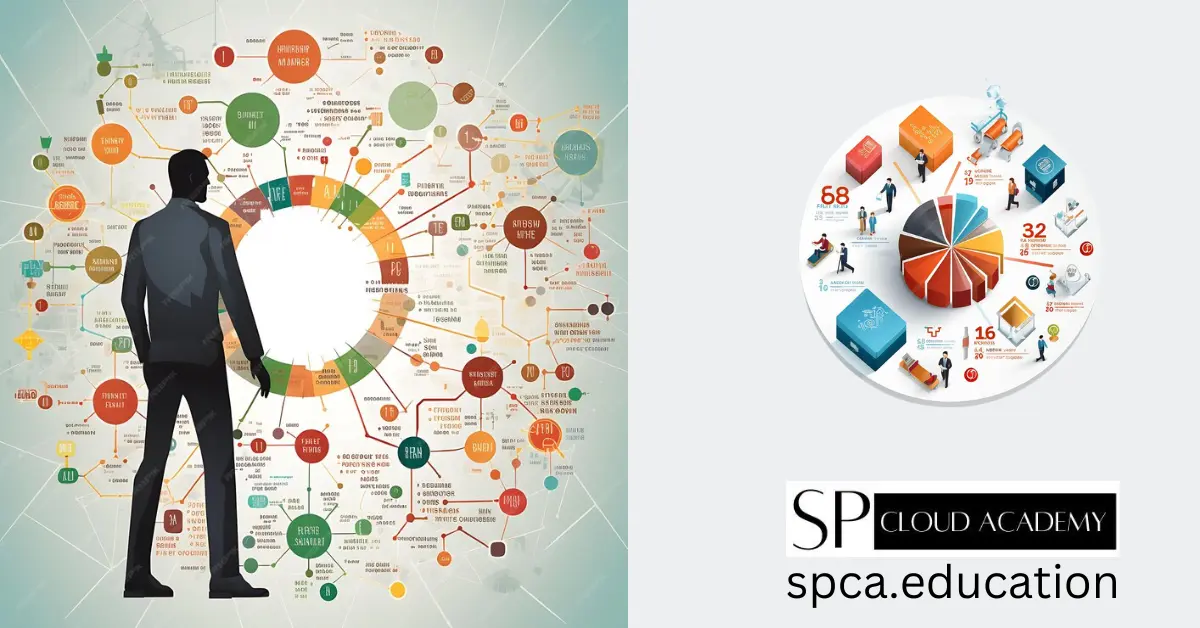When workplace issues arise, most employees instinctively head to Human Resources. But there’s another option many don’t know exists: the corporate ombuds office. Understanding the difference between these two resources could be the key to protecting your career and resolving conflicts effectively.
While HR and ombuds offices both aim to support employees, they operate under fundamentally different principles. This distinction matters when you’re facing harassment, ethical concerns, or management conflicts. Knowing which door to knock on could make all the difference in how your situation unfolds.
What Is Human Resources Really Designed to Do?
Human Resources serves as the administrative backbone of your organization. HR professionals manage employee records, handle payroll, oversee benefits, and ensure compliance with employment laws. They’re essential to keeping the company running smoothly.
However, it’s crucial to understand that HR ultimately works for the organization, not individual employees. When you report an issue to HR, they’re obligated to investigate and take action to protect the company from legal liability. This means your complaint becomes part of your official record.
HR must document conversations and may be required to disclose information to management or during legal proceedings. While HR professionals genuinely want to help employees, their primary duty is protecting the organization’s interests. This isn’t necessarily bad—it’s just the reality of their role within the corporate structure.
Understanding the Corporate Ombuds Office
A corporate ombuds is an independent, neutral party who provides confidential assistance to employees facing workplace challenges. Unlike HR, ombuds offices operate outside the formal chain of command and don’t report to senior management in the traditional sense.
The ombuds serves as a safe space where employees can discuss concerns, explore options, and develop strategies for addressing problems. They don’t take sides, investigate complaints, or make binding decisions. Instead, they help you understand your options and navigate complex workplace situations.
Most importantly, conversations with an ombuds are confidential. They won’t create formal records or share information without your permission, except in rare cases involving imminent harm. This confidentiality allows employees to speak freely without fear of retaliation or having their concerns become part of their permanent file.
The Five Key Differences That Matter
Confidentiality vs. Documentation: When you speak with an ombuds, your conversation typically remains confidential. HR must document and investigate formal complaints, creating a paper trail that becomes part of company records.
Independence vs. Management Alignment: Ombuds operate independently from management structures, while HR reports directly to company leadership and must prioritize organizational needs.
Informal vs. Formal Processes: Ombuds help you explore informal resolution options before escalating issues. HR manages formal complaint procedures that trigger investigations and official actions.
Advocacy vs. Neutrality: HR advocates for company policies and legal compliance. Ombuds remain neutral, helping you understand all perspectives without taking sides.
Flexibility vs. Procedure: Ombuds can offer creative problem-solving approaches tailored to your situation. HR must follow established policies and legal protocols that may limit flexibility.
When to Go to HR Instead of Ombuds
Certain situations require HR’s formal processes and authority. If you’re experiencing serious harassment, discrimination, or safety violations that demand immediate intervention, HR is often the appropriate first step.
HR should handle matters involving benefits questions, payroll issues, policy clarifications, or formal accommodation requests. They’re also necessary for filing official complaints that may lead to disciplinary action against another employee.
When you need documentation for legal purposes or want to ensure the company takes formal action, HR provides the official channels to make that happen. They can implement policy changes, issue warnings, or take corrective measures that an ombuds cannot.
Legal matters, such as filing workers’ compensation claims or requesting FMLA leave, must go through HR. These situations require official documentation and compliance with specific regulations that fall outside the ombuds scope.
When the Ombuds Office Is Your Better Option
If you’re uncertain about whether to report something formally, the ombuds office is an excellent starting point. You can discuss your concerns confidentially and decide on the best course of action without triggering a formal investigation.
The ombuds excels at handling interpersonal conflicts, communication breakdowns, and ethical gray areas. If you’re struggling with a difficult colleague or manager but aren’t ready for formal action, the ombuds can help you develop resolution strategies.
When you fear retaliation or worry about your reputation, the ombuds provides a safe space to explore your options. You can seek guidance without creating a formal record that might affect future opportunities within the company.
Complex situations involving multiple parties or departments often benefit from the ombuds’s neutral perspective. They can help identify underlying issues and suggest creative solutions that formal processes might miss.
Real Scenarios: Making the Right Choice
Scenario 1: Your manager consistently takes credit for your work. An ombuds can help you develop communication strategies and coaching approaches before escalating to HR.
Scenario 2: A colleague makes an inappropriate sexual comment. This situation typically requires HR involvement to ensure proper investigation and protection from future incidents.
Scenario 3: You witness questionable accounting practices but fear being labeled a troublemaker. The ombuds can help you understand reporting options while maintaining confidentiality.
Scenario 4: You’re being denied earned time off repeatedly. If informal discussions with your manager fail, HR can enforce company policy and ensure you receive entitled benefits.
Scenario 5: Two team members aren’t speaking to each other, affecting project performance. The ombuds can facilitate dialogue and restore working relationships without formal intervention.
How Ombuds and HR Can Work Together
These offices aren’t competitors—they complement each other within a healthy organizational system. The ombuds often helps employees prepare before approaching HR, ensuring they understand the process and potential outcomes.
Sometimes the ombuds identifies systemic issues affecting multiple employees. They can recommend policy changes to HR without revealing individual identities, improving workplace culture while protecting confidentiality.
Smart employees use both resources strategically. You might consult the ombuds first to understand your options, then proceed to HR when formal action becomes necessary. This approach ensures you’re informed and prepared throughout the process.
Organizations benefit when both offices communicate about trends and patterns (without sharing confidential details). This collaboration helps leadership address underlying problems before they escalate into serious complaints.
Protecting Yourself: Smart Strategies for Both Options
Before approaching either office, document incidents privately with dates, times, witnesses, and specific details. This preparation helps you present clear, factual information regardless of which path you choose.
Understand that speaking with an ombuds doesn’t prevent you from later filing a formal HR complaint. The ombuds conversation can help you clarify your thinking and prepare more effectively for formal processes.
If you choose to speak with HR, be prepared for an investigation that may involve interviews with colleagues and documentation in your file. Know that this becomes an official matter that the company must address according to policy.
Consider your goals before deciding. Do you want the situation documented formally? Do you seek mediation and relationship repair? Are you looking for policy enforcement or creative problem-solving? Your answers should guide which office you approach first.
Common Myths About Ombuds Offices
Myth 1: “The ombuds works for management.” Reality: Ombuds operate independently and don’t report to or serve at the pleasure of executives in ways that compromise their neutrality.
Myth 2: “Going to the ombuds means nothing gets done.” Reality: Ombuds help facilitate resolution and can recommend systemic changes, though they don’t personally take corrective action.
Myth 3: “Anything I say to an ombuds is completely confidential forever.” Reality: While highly confidential, ombuds may break confidentiality in cases of imminent serious harm, though this is rare and typically discussed upfront.
Myth 4: “If I go to the ombuds first, I can’t go to HR later.” Reality: Consulting an ombuds doesn’t waive your right to file formal complaints through HR or legal channels.
Myth 5: “Only large companies have ombuds offices.” Reality: While more common in larger organizations, many mid-sized companies and universities now employ ombuds professionals.

A Practical Guide to Organizational Ombuds for Organizations
Essential reading for HR professionals, organizational leaders, and anyone building workplace conflict resolution programs. This comprehensive guide demystifies the ombuds role with real-world examples, implementation strategies, and best practices. Whether you’re establishing a new ombuds office or strengthening an existing program, you’ll find actionable insights on confidentiality, neutrality, and effective dispute resolution. The author’s expertise shines through practical case studies and frameworks that work.
#Ombuds #WorkplaceConflict #HRProfessionals #OrganizationalDevelopment
What to Expect During Your First Ombuds Visit
Your initial conversation will likely begin with the ombuds explaining their role, confidentiality parameters, and limitations. They’ll make clear that they don’t investigate, advocate, or testify about your conversation.
You’ll have the opportunity to share your concerns without interruption. The ombuds will listen carefully, ask clarifying questions, and help you identify the core issues beneath surface problems.
Together, you’ll explore potential options for addressing the situation. The ombuds might suggest communication approaches, mediation possibilities, or formal channels you hadn’t considered. They help you weigh the pros and cons of different paths forward.
The conversation is typically informal and can last anywhere from thirty minutes to over an hour. You can return for follow-up discussions as your situation evolves, and you’re never locked into any particular course of action.
The Future of Workplace Conflict Resolution
Organizations increasingly recognize that effective conflict resolution requires multiple options. The most progressive companies are expanding ombuds programs and clarifying how these offices complement traditional HR functions.
Technology is also changing the landscape. Virtual ombuds services, anonymous reporting platforms, and AI-powered guidance systems are emerging to supplement human resources and ombuds offices.
Employees today expect transparency, fairness, and psychological safety at work. Companies that provide both formal HR channels and informal ombuds support are better positioned to retain talent and maintain positive workplace cultures.
As workplace dynamics continue evolving, understanding all available resources becomes increasingly important for protecting your career and wellbeing. The distinction between HR and ombuds isn’t just administrative—it’s a fundamental difference in approach that could significantly impact your experience.
Conclusion: Empowering Your Workplace Decisions
Knowing the difference between corporate ombuds and HR empowers you to make informed decisions when workplace challenges arise. These aren’t competing resources—they’re complementary tools designed to support different needs.
Your career deserves protection, and your concerns deserve appropriate handling. By understanding when to use HR’s formal authority and when to leverage the ombuds’s confidential guidance, you position yourself for better outcomes.
Don’t wait until you’re in crisis to learn about these resources. Familiarize yourself with your company’s ombuds office now, even if you never need it. Knowledge is power, and understanding your options is the first step toward protecting your professional future.
Remember: the right choice depends on your specific situation, goals, and comfort level. Whether you need formal documentation and policy enforcement or confidential guidance and creative problem-solving, knowing which door to knock on makes all the difference.
See Also
-

Mastering the Art of Organizing a Successful Meeting: A Step-by-Step Flowchart to Ensure Productivity and Efficiency
-

The Ultimate Guide to Organizing a Successful Webinar: Expert Tips and Strategies
-

Unlocking Efficiency: How to Streamline Decision-Making with a Model
-

Mastering Meeting Management: A Step-by-Step Guide to Unlock Success in the Modern Workplace
